Case of Goa’s liberation: Is it right to keep blaming Nehru?
There was also a proposal for a plebiscite in Goa; Nehru stood the ground that Goa’s merger with India is non-negotiable, writes Ram Puniyani for South Asia Monitor
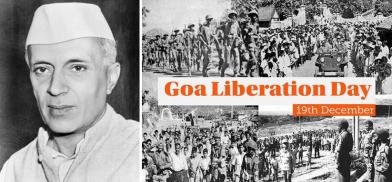
In the run-up to the 2014 general elections, one of the slogans used by Modi-BJP was that you have given them (Congress) 60 years, give us 60 months and see how we will bring "vikas" (development) and bring the country on the right path. While this calculation of 60 years was catchy, it was totally off the mark. The Congress ruled the country for nearly 49 years till 2014. There were other regimes, the one of Inder Kumar Gujral, H.D. Deve Gowda and of NDA led by the BJP for a substantial number of years. But 60 years and 60 months rhyme well.
During the last nearly 7-8 years of Modi BJP rule, all indices of social development have slid down, demonetization has wrought havoc, the GST has thrown the small traders haywire and above all the corona lockdown has ruined the lives of lakhs of workers. Development is nowhere in sight and youth are disenchanted as employment is going down for a free fall.
In indices related to democratic rights, freedom of expression, freedom of religion and those related to the condition of life, nutrition and health, there is a drastic decline. The democratic institutions, Election Commission, Enforcement Directorate and the Central Bureau of Investigation are becoming a handmaiden of the rulers. There is some recovery in the judicial objectivity after it went for a massive decline.
Modi blames Nehru
The underlying theme of our Prime Minister Narendra Modi’s defence is that all ills of the country are due to Jawaharlal Nehru, independent Inda's first Prime Minister. To cap all it, Modi recently stated that Goa got independence so late -- 14 years after India became free -- due to the weak policy of Nehru, and it could have been liberated hours after India got its independence on August 15, 1947 itself. That, despite the death of 20 'satyagrahis' (protesters), in 1955, Nehru remained unmoved.
What is the history of Goa’s colonization and the process through which it was finally liberated by the Indian Army in a neat military operation (Operation Vijay) in a period of 26 hours in 1961?
Goa was colonized by Portugal in 1510 when the Portuguese Army defeated the army of Bijapur’s Sultan Adil Shah. This was much before the British colonized the Indian subcontinent.
The Portuguese ruled with an iron fist for centuries. The first major opposition to their rule came in 1718 when a group of pastors sought the help of Tipu Sultan and rebelled against the Portuguese authorities, in what is called the ‘Pinto Conspiracy’. This failed miserably and the pastors were brutally tortured.
In 1900, the first Portuguese newspaper O Heraldo was founded by L. Menezes Braganza. It was critical of Portugal, and censorship was imposed in 1917. This began a sort of resentment. In 1928, T. Braganza started the Goan Congress Party. In 1947, Indian socialist leader Rammanohar Lohia started the 'satyagraha' (peaceful resistance) and was arrested, on June 18, 1946. This day is celebrated as Goan Revolution Day. One of the major public places in Goa is named after him, Lohia Maidan.
Goan struggle
This triggered civil disobedience in Goa. Those who took part were revolutionaries like Nana Kaajrekar, a well-known wrestler from Pune, very popular music director Sudhir Phadke and many others. They all came together as the Azad Gomantak Dal (AGD) under the banner of the United Front of Liberation. Interestingly, the legendary singer Lata Mangeshkar also performed in a concert in Pune to raise funds for Goa’s liberation.
Meanwhile, after Second World War, António de Oliveira Salazar, the Portuguese dictator, got the constitution of Portugal revised to make Goa an integral part of Portugal. Portugal also became part of NATO, which meant that other NATO members were bound to protect the territory of Portugal. NATO was led by the United States and any military confrontation with Portugal would have meant inviting the big Western powers into the conflict. Initially, the US with Dwight Eisenhower as President and John Foster Dulles as Secretary of State declared that Goa was an integral part of Portugal. This was opposed by Jawaharlal Nehru.
There was also a proposal for a plebiscite in Goa; Nehru stood the ground that Goa’s merger with India is non-negotiable. With the change of American President, John F Kennedy’s statements were far softer towards India.
In early 1950, the Afro Asian Conference members also urged India to solve the Goa issue and throw out the Portuguese. The real obstacle was the NATO alliance and the attitude of the US, which accepted Goa as an integral part of Portugal. With Kennedy coming in, India’s stance changed. It was clear that a negotiated settlement to make Portugal leave may not work.
Nehru acts
A mass satyagraha was launched by Indian socialists and communists in 1955. As these protestors entered Goa, they were dealt with brutally, were fired upon and 20 of them lost their lives. Upset and angry with this, Nehru declared an economic blockade of Goa and also closed the Panaji-located consulate general and broke diplomatic relations with Portugal.
This economic blockade led to Goans losing all the access to the outside world, including news. At this point, Vaman Sardesai and his wife Libia Lobo Sardesai initiated the move for an underground radio station, which was named ‘The Voice of Freedom’. This disseminated news to the revolutionaries and exposed the Portuguese propaganda. It was operational between November 1955 and December 1961, its location being the forests bordering Goa.
The diplomatic exchange between Kennedy and Nehru began, with Kennedy urging India not to have military intervention. At the same time, on December 17, Nehru took the decision and a coordinated military action was launched Operation Vijay as a surprise. The Indian Air Force attacked Dabolim airport, destroying its runway. The Indian Navy blocked the seaport and 30,000 Indian soldiers landed in Goa, outnumbering the 2,000 Portuguese soldiers.
Then Portuguese governor of Goa realized that no external help will come. Despite the contrary advice from his government, he surrendered. On December 19, Goa became a part of India as a Union territory. In 1987, a plebiscite was conducted whether Goa will merge with neighboring Maharashtra or remain an independent state. The majority favoured to remain independent and Goa became the 25th state of the Indian Union of States. Nehru behaved as a seasoned diplomat and patriot in getting Goa liberated, without any doubt, Modi’s negative propaganda notwithstanding!
(The writer, a former IIT Bombay professor, is Chairman, Center for Study of Society and Secularism, Mumbai. Views are personal.)




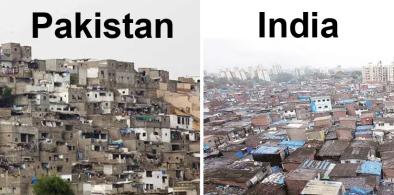
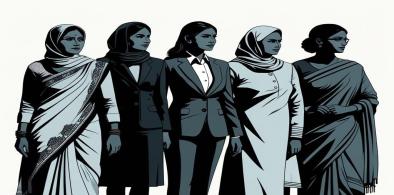

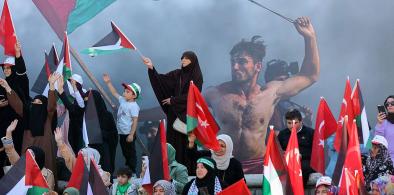
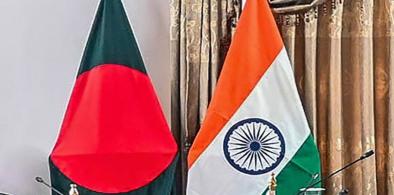
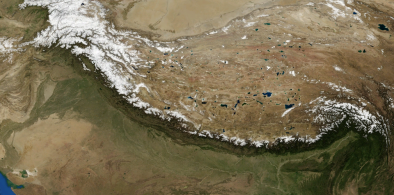
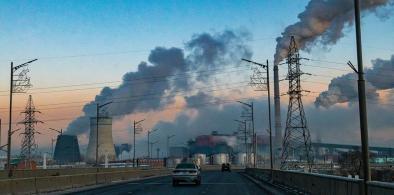

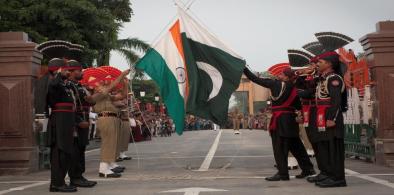

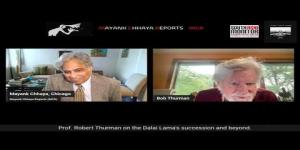
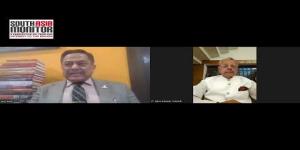
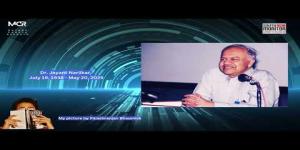



Post a Comment